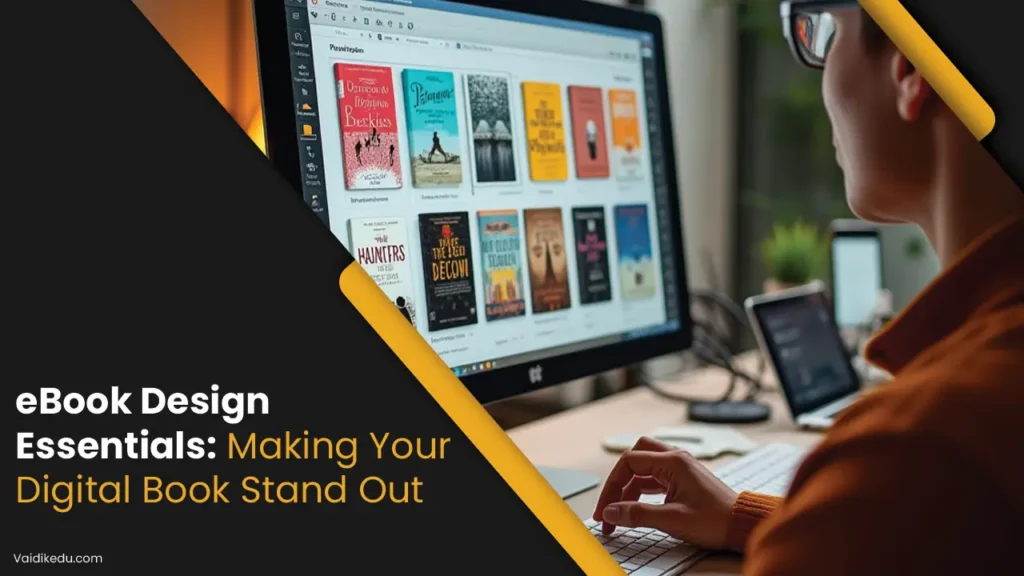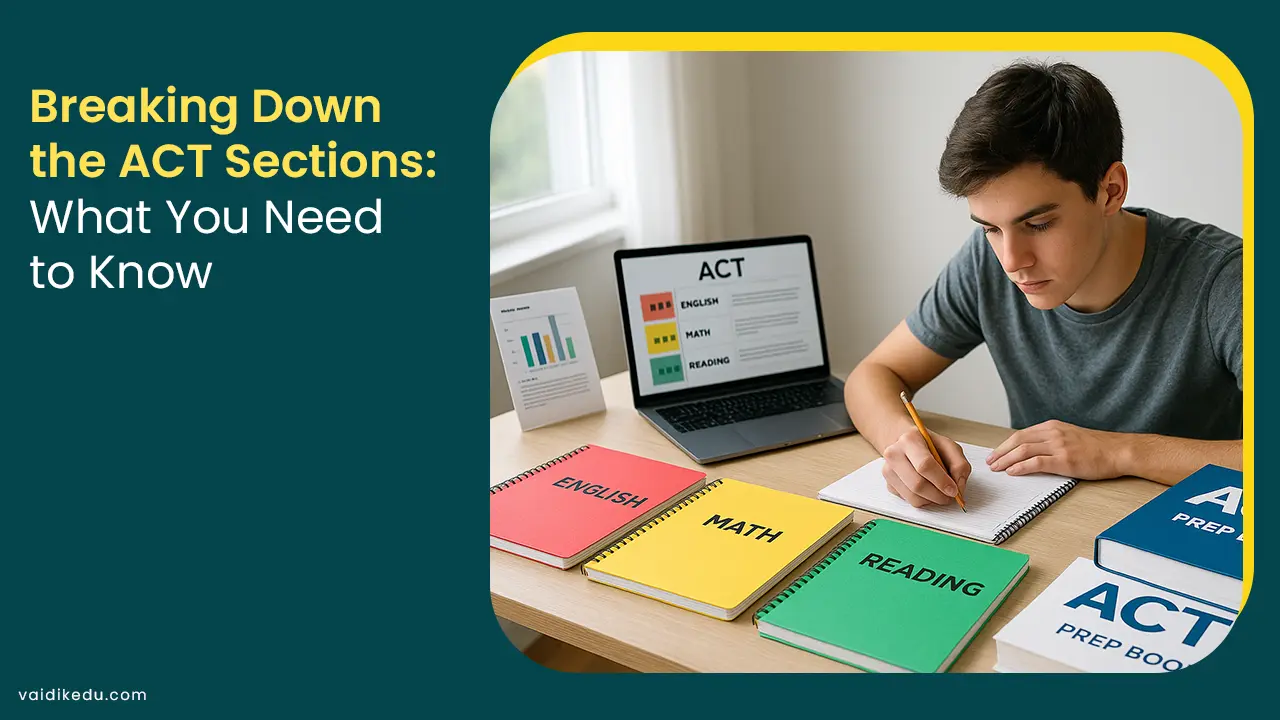In the current digital era, authors are increasingly publishing their work in e-books. The development of online platforms and self-publishing has made the process of creating and distributing e-books simpler than before. But, since there are so many ebooks out there, it’s critical to differentiate yours. The efficient design of e-books plays an important role in that.
Creating an exciting, user-friendly, and aesthetically pleasing reading experience is the goal of good E- book design, not merely making your book seem nice. Your brand may be established, reader trust can be increased, and sales can even rise with a well-designed E- book.
Here Are Some Essential Elements OF E- Book Design.
Typography
An essential component of e-book design is typography. Your e-book’s readability and general appearance might be significantly impacted by the typeface you select. Take into account the following elements while choosing a font:
Select a font that is readable, even at small sizes, to ensure legibility.
Consistency: To get a unified appearance, use the same typeface throughout your E- book.
Style: Pick a typeface that complements the tone and aesthetic of your writing.
The Color Scheme
A thoughtful color palette can improve your E- book’s aesthetic appeal and aid in communicating your point. Keep the following in mind when choosing colors:
To make your material easy to read, make sure that the colors of your text and background contrast enough.
Employing colors that are consistent with your entire visual style and represent your company is important for branding.
Mood: Select hues for your material that generate the appropriate feeling and ambiance.
Visual Aids
A key component of improving your e-book’s visual appeal and communicating your point is imagery. When utilizing pictures, keep the following in mind:
Make sure your photographs support your main arguments and are pertinent to your text.
Quality: Use crisp, well-compressed, high-quality photos.
Throughout your e-book, make sure your photographs have the same treatment and design.
Navigation And Layout
A good reading experience requires a well-thought-out layout and navigation mechanism. The following should be taken into account when creating your E- book:
Clarity: Make sure your design is understandable and straightforward.
Consistency: To get a unified appearance, use a consistent layout throughout your E- book.
Navigation: Use a table of contents, hyperlinks, and clear headings to make it simple for readers to traverse your e-book.
Engaging Components
Links, movies, and tests are examples of interactive components that can improve the interactivity and engagement of an e-book. Keep the following in mind while utilizing interactive elements:
Relevance: Make sure your interactive components support the main ideas of your text and are pertinent to it.
Functionality: Make sure your interactive pieces are user-friendly and operate as intended by testing them.
Make sure that all of your readers, including those with disabilities, can access your interactive parts.
To sum up, in order to stand out in a competitive market, your digital book must have an excellent E- book design.
You may make an engaging, user-friendly, and aesthetically pleasing reading experience by taking into account the fundamental components of E- book design, such as typography, color scheme, photography, layout and navigation, and interactive aspects.
Putting time and care into e-book design may help you grow your brand, gain readers’ trust, and boost sales, regardless of whether you’re a traditional publisher or a self-published author.
Frequently Asked Questions
E-book design enhances readability, strengthens branding, and creates a more engaging user experience. A well-designed e-book helps your content stand out, builds reader trust, and can positively impact sales and reputation.
Good typography involves choosing a legible font, maintaining consistency throughout the book, and selecting a style that reflects the tone and genre of your content. Typography directly affects how comfortable and enjoyable your book is to read.
Colors play a major role in setting the tone and mood. High contrast between text and background ensures readability, while a cohesive color palette enhances brand recognition and supports the emotional feel of the content.
Use high-quality, relevant images, graphics, or illustrations that align with your message. Ensure visual consistency and avoid clutter. Images should support the content, not distract from it.
Yes, adding interactive components like hyperlinks, videos, quizzes, or infographics can significantly increase reader engagement. However, these should be purposeful, functional, and accessible to all users, including those with disabilities.









